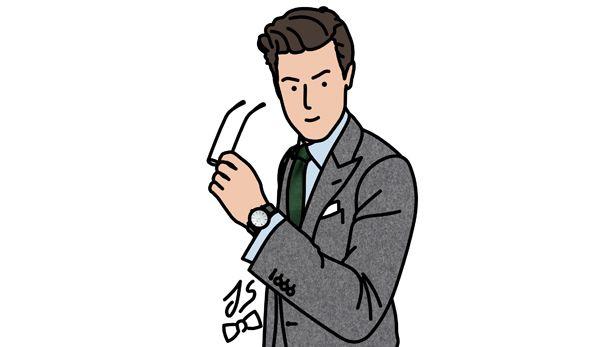A legend tells that Napoleon would have placed a row of buttons at the bottom of the sleeves of his soldiers' uniforms to prevent them from blowing their noses. False. A portrait of Louis XIII, 10 years old, clearly shows a cuff with five big buttons online, like today. The aristocratic habit of later eras rather presents cuffs with decorative buttons placed around the edges. A cloth suit kept at the Galliera Museum and dated 1660-1675 explains this: they are used to hold the reverse lap up. Most of the time, however, their presence is only decorative, as is the case, for the rest currently, on many contemporary jackets where the buttonholes are not even pierced. For a long time, the temptation was great for the tailors to put nothing. This avoided additional work: cutting the sleeve with a slit, tackling a more complex assembly, paying a buttonhole maker…
Throughout the 19th century, the bourgeois black habit revealed, at this location, either a simple satin braid, or one or two false buttons.
Before the Second World War, tailors generally placed one or two dummy buttons very close to the bottom of the sleeve. Only rare large tailors positioned real ones. In fact, it was not until the 1980s that real and functional buttonholes became widespread. It is probably the beautiful Italian ready-to-wear, copying tailor best practices, which has set this standard.
Nowadays, it seems that four buttonholes are the norm. On the good quality, they are open. Three are admissible and five, almost grotesque.
Most snobs like to show that they are real, by unbuttoning the first.








